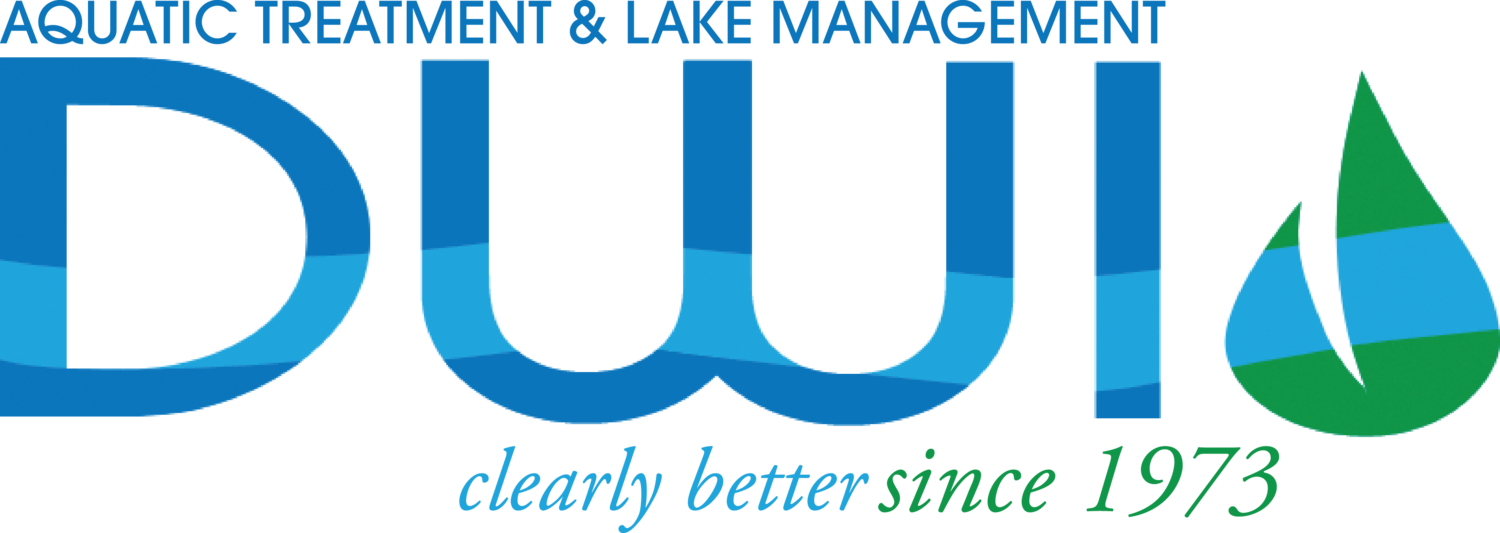By Patrick Simmsgeiger, Founder of DWI
Summer’s upon us, bringing with it a powerful “one-two” punch of soaring temperatures and skyrocketing energy rates. Many fall prey to what seems like an obvious cost-saving solution: turning off waterfall pumps, compressors, and other energy-guzzling water feature systems during peak energy consumption hours.
But this quick-and-dirty fix puts the emphasis on “dirty”. Those peak hours can mean disaster for your water unless proper measures are taken. Ample sunshine, warmer water, and decreased oxygen levels are perfect conditions for rapid algae growth. Algae clouding the surface blocks sunlight, which throws the whole ecosystem out of balance. Beneficial plants and bacteria die out, while aquatic weeds and harmful organisms thrive. In no time at all, a lake or pond can go from clean and clear to green and gross.
Re-establishing that balance takes a mix of methods, but maintaining proper oxygenation levels is a good place to start. We call this aeration. As long as there’s enough oxygen in the water for the bacteria that help keep algae in check, further water treatment is that much easier. Between waterfalls, floating fountains and compressors, you have plenty of options for your aeration needs. For instance, floating fountains look great, but aren’t nearly as efficient as compressors. The best way to find the solution for your unique situations is through testing by a licensed professional.
That’s just what they did at a luxury housing development in Rancho Mirage. The club’s two lakes, measuring 25 acres in all, had relied on a series of unreliable, inefficient compressors for over 20 years that just weren’t doing the trick. Those compressors ate up fully one-third of the development’s considerable energy bill and were just too expensive to keep running all day. Plus, they constantly broke down, requiring expensive refurbishments at around $1,200 a pop. A new unit purchased for $2,300 in 2007 already needed replacing- out of warranty- in 2008. Adding insult to injury: Algae ran rampant over the lakes. Not a pleasant sight for the residents of the club’s 238 lake front homes.
Eventually, Lake Committee Chairman had had enough. He called in a licensed aquatic specialist to examine the club’s water care needs and prescribe a course of treatment. Out came the dozen old 100-volt compressors, and in went five new, efficient, high-quality 230-volt compressors. Even with the new equipment working ’round the clock, the club’s savings were substantial. The old system averaged $1.25 an hour per compressor. With the new compressors, that’s been cut to just $.20 for the entire system- inexpensive enough to keep them working ’round the clock. The license aquatic company installed the new compressors in July 2008; by the end of the year, they had paid for themselves. More importantly, the water quality improved dramatically within weeks.
“It looks better, it’s healthier, the fish are healthier,” says Chairman. “It’s what we should’ve done a long time ago.” He isn’t the only one with that opinion. According to testing by the Coachella Valley Water District, the club’s lakes are some of the cleanest and healthiest in the area. Clearly, the right mix of equipment, treatment, and maintenance under the guidance of a licensed professional can make all the difference in the world when it comes to your water.
Take it from the chairman: “We used to have a real bad algae problem. Now we don’t.”



